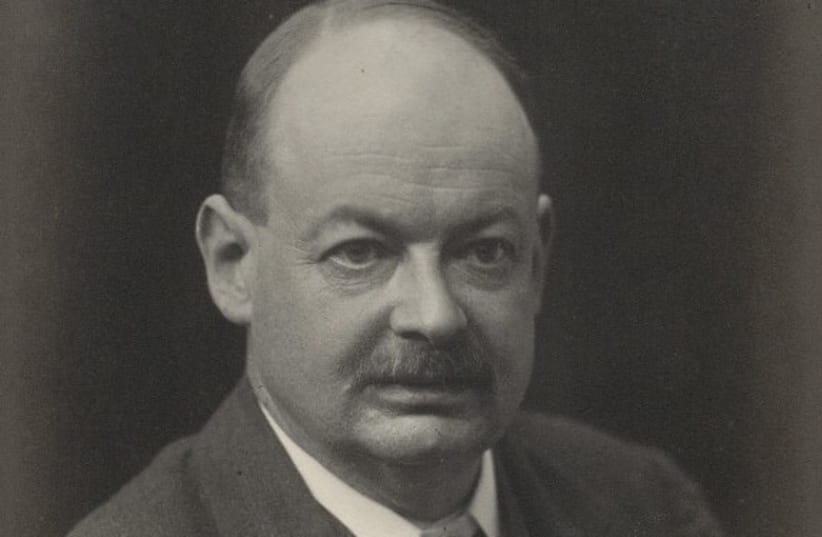< See chapter 2 | Continue to chapter 4 > | See all chaptersAt the end of the previous chapter I mentioned that the STR does not touch on the internal flow of time. However, Albert Einstein was concerned about this issue. In his autobiography, the philosopher of science Rudolf Carnap reminisces about his discussion with Albert Einstein regarding the flow of time. Einstein mentioned that he was deeply concerned about the problem of the concept of 'now'. He explained that humans perceived 'now' as something special and distinct from the past and the future. However, the concept of ‘now’ could not be derived from the laws of physics alone. We will explore this issue deeper in the next chapters.
The great Greek philosophers Heraclitus and Parmenides expressed two completely opposite views on the flow of time. Heraclitus believed that everything was flowing and changing (hence his famous quote 'No man ever steps in the same river twice'). Parmenides thought that existence did not have a beginning and would never be destroyed, and therefore notions such as 'was' and 'will be' are irrelevant; existence simply 'is'.
In the beginning of the 20th century John McTaggart made an enormous impact on the philosophy of time by putting forward his famous argument that there is no flow of time. He expressed his idea as follows: events in time can be distinguished by two characteristics:1. Each event occurs before or after some other event. McTaggart called this relation a B-series.
2. The second approach, which McTaggart called an A-series, implied that each event is either future, present or past.
Thus, B-series are permanent, while A-series are not.
If event M occurs before event N, it always occurs before event N. However, in an A-series any event can belong to the future, the present and the past (McTaggart did not take relativist effects into account).
From McTaggart's point of view, an A-series is a dynamic component that determines the flow of time. However, he arrives at the conclusion that A-series contradict themselves, and, consequently, there is no flow of time at all. According to McTaggart, a B-series is equivalent to the statement that time is a dimension just like the dimensions of space.
Thus, both McTaggart's argument and the GTR both present spacetime as a continuum with four equivalent dimensions: one temporal and three spatial ones. A-dimensions do not flow, but rather objects move within them.
The idea of spacetime as a structure with four equivalent dimensions does not rule out the possibility of spacetime as a whole moving along some kind of fifth dimension.
This question was subject to debate in the field of philosophy of science. Its argument took the following form: movement is a change of position in space in with relation to time. In this case, the flow of time must be a change in time relative to another time. But which exactly? Science does not answer this question. However, the Kabbalah of Information has a certain position regarding this issue which we are going to discuss later.
The philosophy of science describes several models of spacetime. Let us have a closer look at them.
1) Presentism. The essence of this model is that only 'now' exists. There is no future yet, while the past does not exist anymore.
2) Possibilism (the growing block model). According to this model, the present and the past exist, while a determined future does not.
3) Eternalism. Proposes that the past, present and future all exist.
4) Eternalism with a moving 'now'. Implies our movement within the eternalist model.
There are many scientific articles and works discussing the strengths and drawbacks of these models. This issue is too broad to be exhaustively covered in this article.
Currently, there is a consensus in the scientific community that the model of eternalism fits Einstein's STR best as it implies a single space-time continuum with four equivalent dimensions. The model of eternalism gave birth to a new approach in science known as perspectivialism. The essence of perspectivalism is that our interactions with the world depend on our 'perspective' – that is, the sections of spacetime available to us. Perspectivalism can exist only within the frame of eternalism. It also introduces the concepts of an 'external perspective' (the view of an outside observer that is completely fixed and encompasses the entire spacetime) and an 'internal perspective' (the viewpoint of an inside observer who only has access to limited areas of spacetime). We can draw a clear parallel with G-d's and view of our world and that of humans.
The most important conclusion is that only the model of eternalism and the model of eternalism with a moving 'now' imply fixation of events in the future – that is, backwards causation (a reverse cause-and-effect relationship). In science, backwards causation is defined as a process in which the effect happens before its cause.
Let us return to the news of the exile that G-d gave to Avram. This news actually fixed a future event and implied backward causation. We will discuss it in more detail in the next chapter.< See chapter 2 | Continue to chapter 4 > | See all chapters
To purchase Eduard Shyfrin’s book ‘From Infinity to Man: The Fundamental Ideas of Kabbalah Within the Framework of Information Theory and Quantum Physics’ please click here. To purchase Eduard Shyfrin’s book ‘Travels with Sushi in the Land of the Mind’ please click here.
